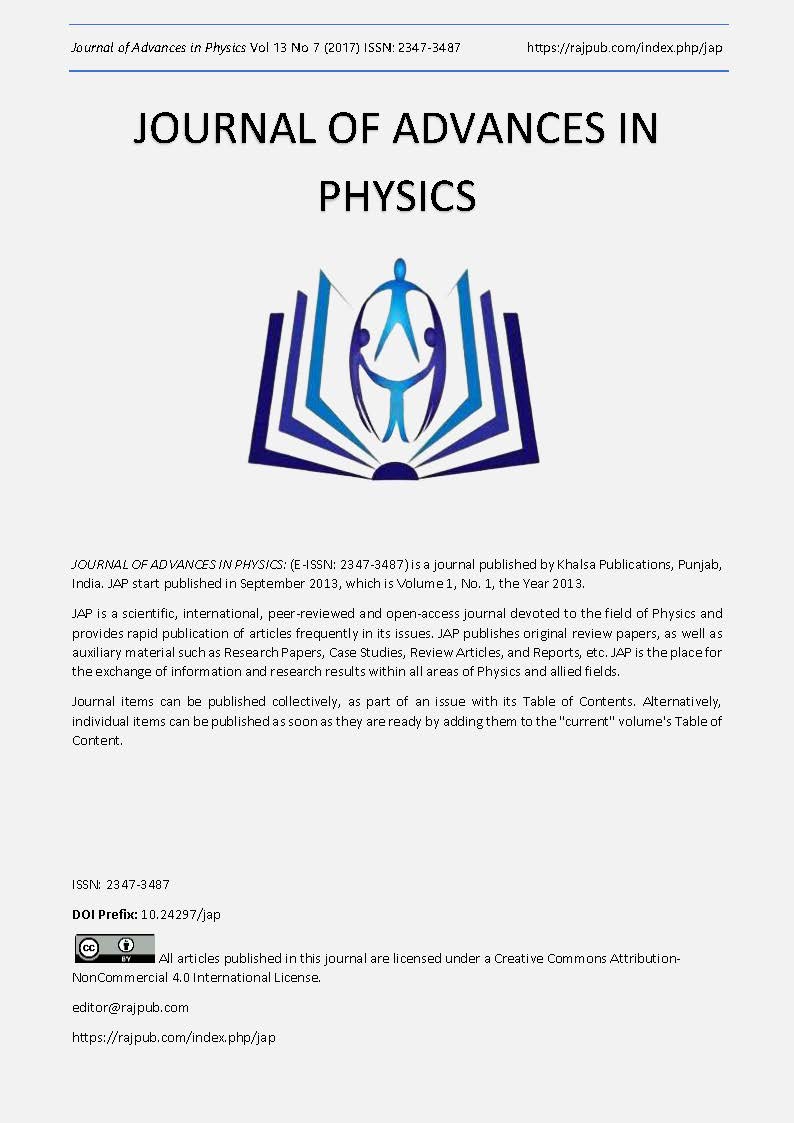Electro Paramagnetic Resonance and Magnetization Measurements of Metal-Substituted Hydroxyapatites Used in Hyperthermia Applications
DOI:
https://doi.org/10.24297/jap.v13i7.6268Keywords:
hydroxyapatite, metal doped, EPR, magnetization, hyperthermiaAbstract
Pure and metal doped hydroxyapatite samples nano-particles were prepared by the wet chemical method. Copper and cobalt is used in doping hydroxyapatite. Sample was prepared without change in the stoichiometric ratio of Ca/P and Ca+M/P inside the structure of HA (M;metal). Sample was characterized by electron paramagnetic resonance, magnetization, transmission electron microscope and electron diffraction. Samples posses the highest value of magnetic susceptibility was chosen for more study to test their ability for application in the field of hyperthermia treatment of bone tumors. Magnetization curves were obtained for samples to study their behavior under the effect of magnetic field. The sample doped with copper and cobalt exhibited hysteresis loops which are characteristic for the magnetic materials. The samples were classified to be ferromagnetic material. Sample prepared by mixing Cu and co had the highest values of saturation magnetization (MS), area (A) enclosed within the hysteresis loop and magnetic anisotropy which represent an indicator of the energy generated in the material under the effect of magnetic field, and hence the amount of heat produced by the sample. TEM and EDP techniques were used to study the internal structure of these samples. The micrographs and the diffraction patterns showed and confirmed the presence of crystal structures within the samples. The particle size was calculated from the micrographs and found to be in the range of nanometer for all the selected samples.
Downloads
Downloads
Published
How to Cite
Issue
Section
License
 All articles published in Journal of Advances in Linguistics are licensed under a Creative Commons Attribution 4.0 International License.
All articles published in Journal of Advances in Linguistics are licensed under a Creative Commons Attribution 4.0 International License.




